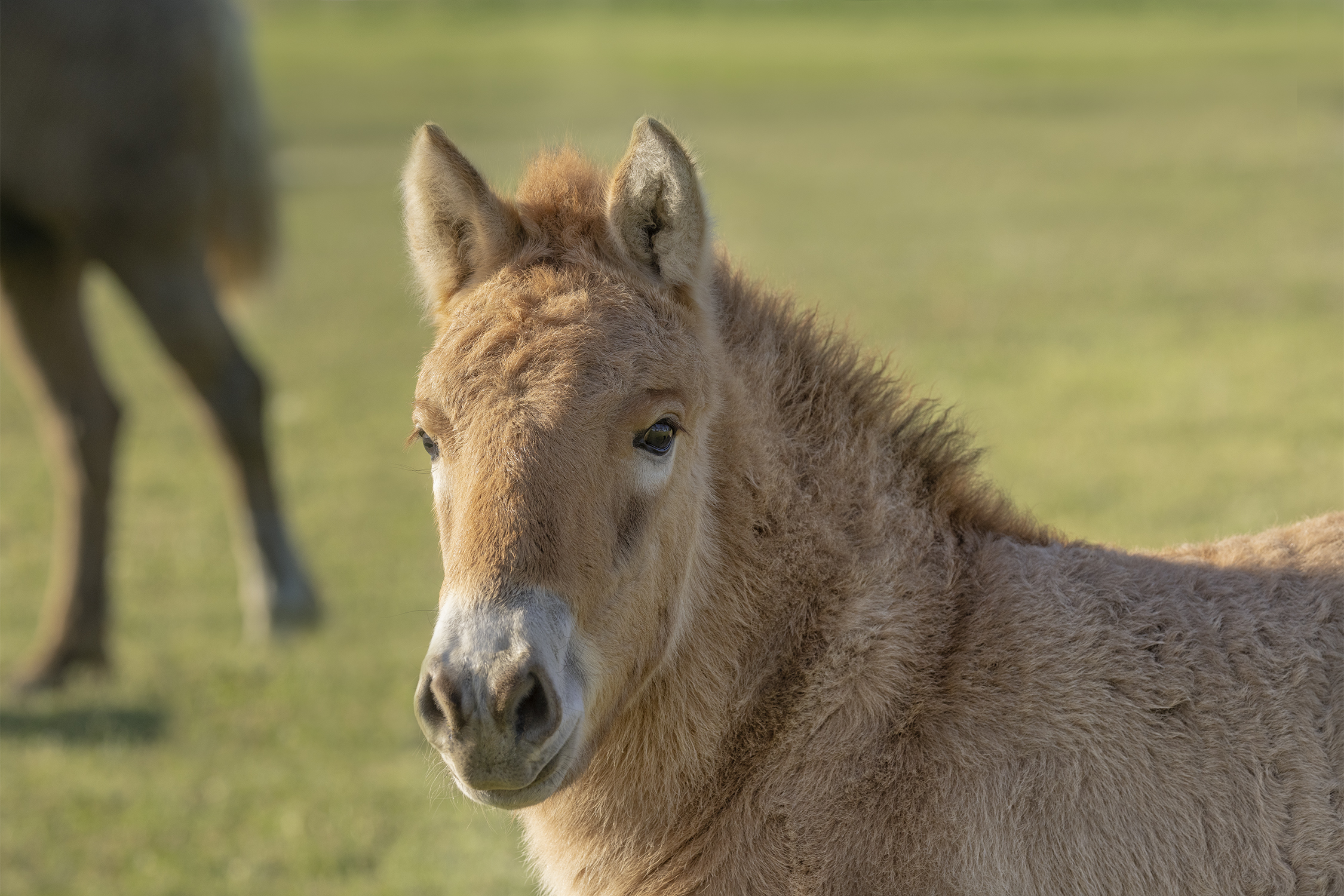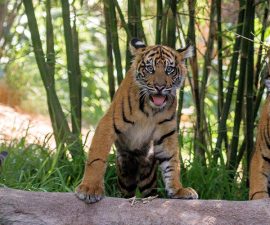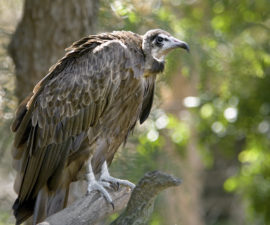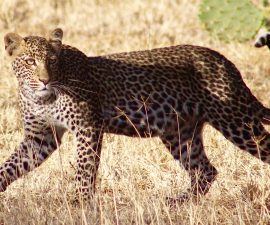BY Arwen Neski
An Unusual Set of Twins Is Duplicating Hope for Przewalski’s Horses
Tails swishing and necks bent, twin horses graze on soft, green grass in fields set a few hundred yards apart. These two live parallel lives here at the San Diego Zoo Safari Park, but they’re no ordinary set of twins. To start, they don’t share a mother, or even a birthday. And they’ve never met. In fact, the enigmatic duo was born two and a half years apart.
While the colts may seem like a puzzle, they’re actually one of today’s most exciting conservation solutions. Meet Kurt and Ollie—two Przewalski’s horses that represent the essential next step in securing the future for this endangered species.
Not only are Kurt and Ollie genetic twins, they’re clones. The first and second of their kind, their births are a conservation feat that’s been decades in the making. To understand their story, and the profound impact they will have on their species, we look back to where it all began, more than 40 years ago.
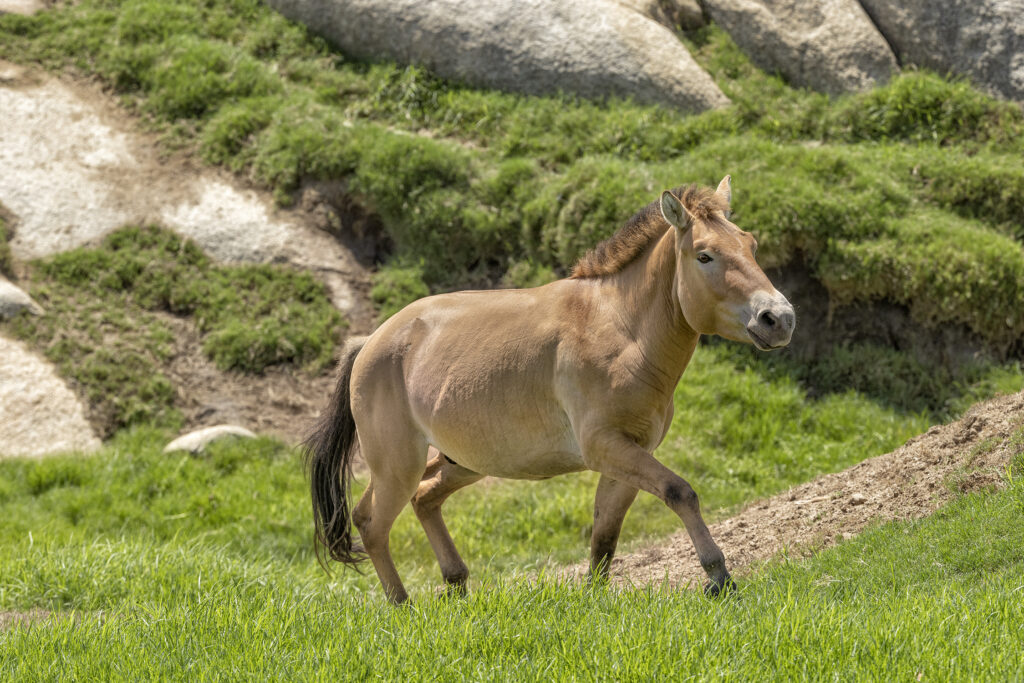
Blazing a Trail
Przewalski’s horses were once widespread, roaming the vast, sweeping plains from northern Asia all the way to present day Portugal and Spain. But habitat loss and a changing climate forced them into areas they weren’t well adapted for, and populations plummeted. By the 1980s, they had disappeared from their native range, and the “last true wild horses” were declared extinct in the wild.
Although the situation was dire, all hope was not lost. A number of Przewalski’s horses remained safe in human care—including at the San Diego Zoo and San Diego Zoo Safari Park—and efforts to save the species were well underway.
Since the 1970s, we’ve collaborated with partners around the world on a groundbreaking conservation breeding program for Przewalski’s horses. Together, we’re helping populations recover, and have reestablished herds in their native habitats across the grasslands of China and Mongolia. These are remarkable conservation successes, and because of them, the species is no longer extinct in the wild. However, they remain endangered—and the work to save them isn’t over yet.
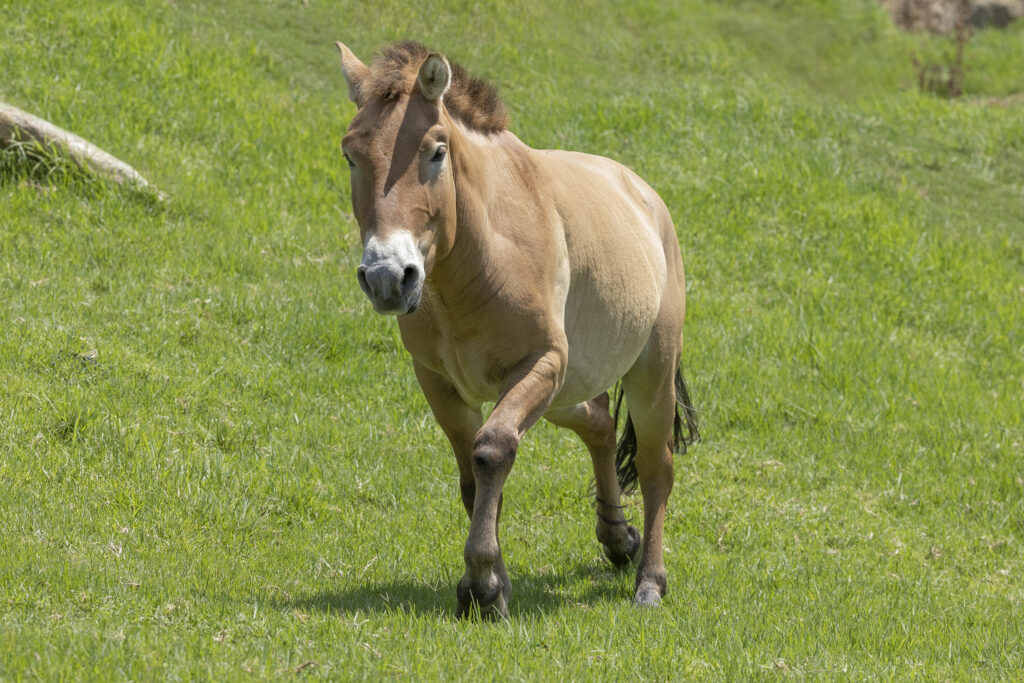
Until recently, all living Przewalski’s horses were descended from just 12 individuals. Lack of genetic diversity is one of the greatest challenges today’s populations face, and addressing this threat is key to a sustainable and continued recovery for the species. With strong partnerships, innovative reproductive technologies, and the visionary foresight of conservation scientists, we’re finding solutions.
Thawing Hope
For decades, a safeguard for Przewalski’s horses has been carefully cryopreserved in our Wildlife Biodiversity Bank’s Frozen Zoo®. Kept at an icy -320 degrees Fahrenheit, a cell line from a stallion who lived more than 40 years ago—and whose DNA was largely absent from the current population—has been frozen in time, awaiting its second life.
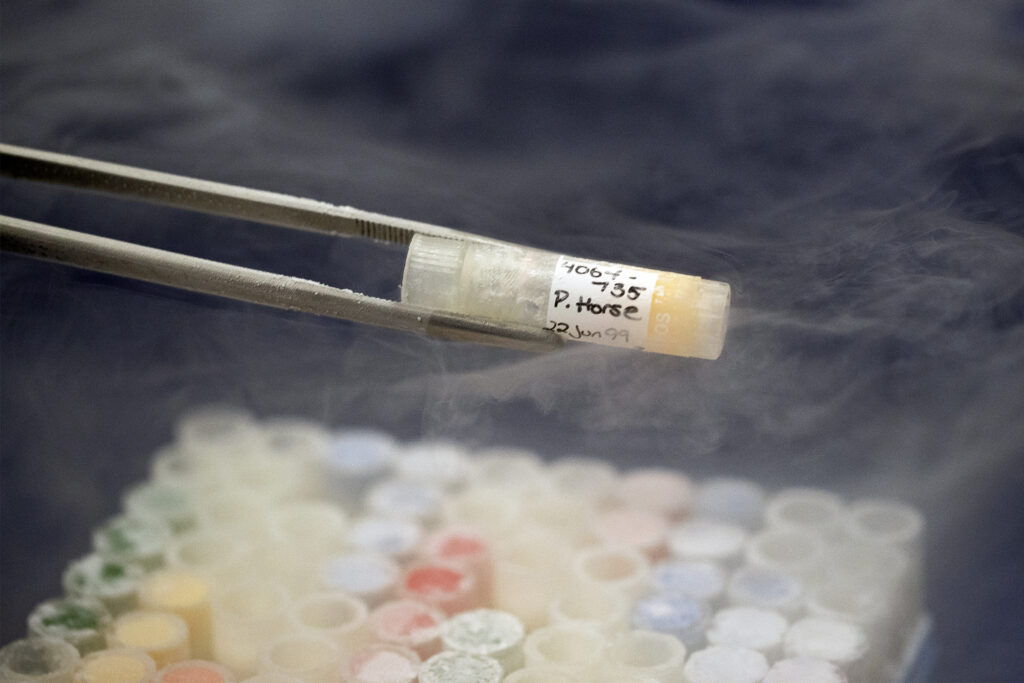
Our teams, alongside partners ViaGen Pets & Equine and Revive & Restore, are unlocking this frozen potential to bring back lost genetic diversity through cloning. And now, that stallion has been cloned not once, but twice, resulting a set of twins like no other: Kurt and Ollie.
Two of a Kind
Kurt was born in August 2020—making history and headlines worldwide as the first-ever Przewalski’s horse clone. His existence is a dream fulfilled. When his namesake Dr. Kurt Benirschke founded the Frozen Zoo in the 1970s, it was with the hope that cryopreserved cells might somehow, one day, be used in conservation. Kurt the horse was named in honor of this biobanking pioneer, and is a testament to how much science has advanced in the decades since—and to the power of hope.
Last year, that hope was renewed, and history was made again when Ollie was born. His birth marks the first time cloning has produced more than one individual of an endangered species, and has proven that this technique is a viable tool for genetic rescue. Ollie was named in honor of Oliver “Ollie” Ryder, Ph.D., our Kleberg Endowed Director of Conservation Genetics—a longtime champion of Przewalski’s horse conservation, and one of the trailblazing scientists who have made the clones’ existence possible.

Born to domestic horse surrogate mares, each clone carries the same vital genes that otherwise would have been lost to the world. Eventually, when they breed, they will pass on crucial DNA—creating a ripple effect that will help ensure the health and genetic viability of Przewalski’s horses for generations to come.
Until they mature into breeding stallions, the young clones will need to learn the language and behavior of their fellow Przewalski’s horses at the Safari Park. Since 2022, Kurt has been thriving with his horse “mentor,” a filly named Holly. Ollie will follow a similar path when he’s ready, joining other horses who will help him successfully integrate into the herd.
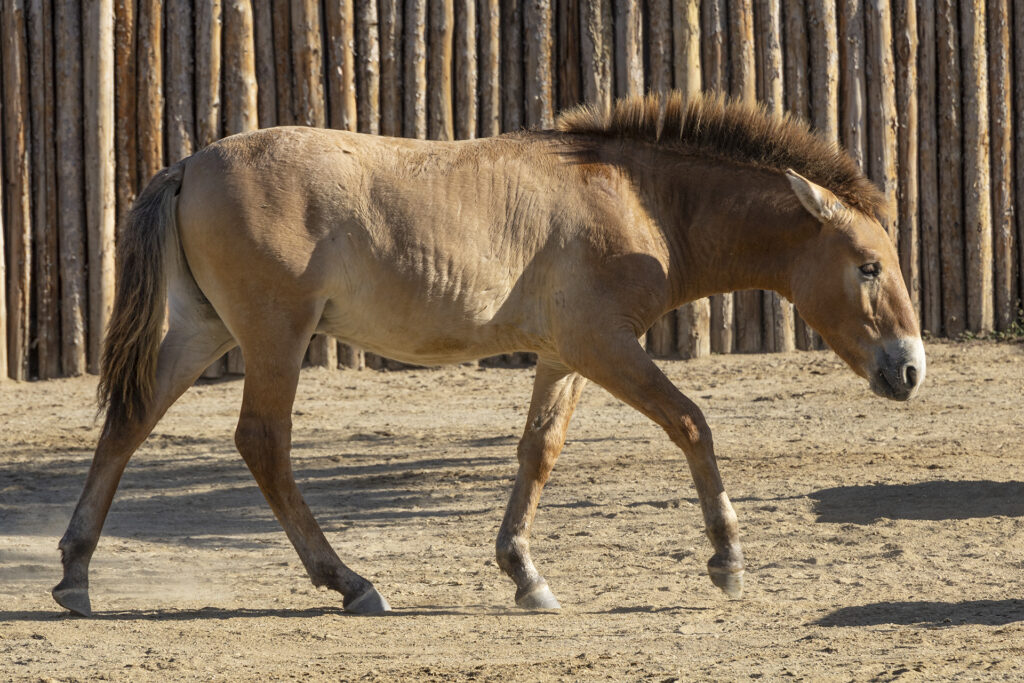
Ollie, the world’s second-ever Przewalski’s horse clone, is thriving at the Safari Park. He’ll live in a private area off view from guests until he’s ready to join a herd of other young Przewalski’s horses.
These unusual twins are a double dose of hope for the future—both for Przewalski’s horses, and for all species that will benefit from these revolutionary genetic rescue techniques. With each historic birth and conservation milestone, we’re reminded that there is no limit to what we can achieve when we think outside the box and work together to save wildlife.
As an ally for wildlife, you make it all possible! Discover more about Przewalski’s horse conservation and visit the herd through select tours to the San Diego Zoo Safari Park’s Central Asia savanna habitat.

